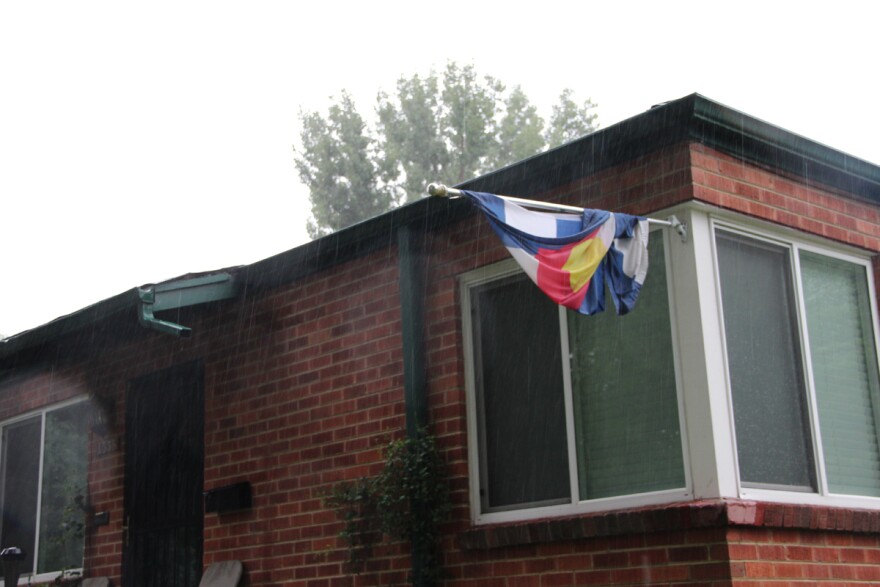If you live in Northern Colorado or the Front Range and it feels like this summer has been wetter than normal, it's not your imagination.
Some parts of Weld County, including Greeley, have had twice as much rainfall this July as normal. Since May, much of the county has had about 9 inches of rain, also double what is expected for this period.
"So not crazy wet, but distinctly on the wet side," said state climatologist Nolan Doesken, who was examining the rainfall numbers for the state, many of which come from , a national volunteer weather station network based out of Fort Collins.
Weld County has been a bit wetter than other Northern Colorado locales, although many are above average for the summer. The Fort Collins weather station is at 124 percent of normal rainfall since May, at 7.83 inches, and Loveland is at 143 percent of normal, but Boulder's station clocked in at exactly average, 6.79 inches of rainfall since May 1.
July is normally a wet month for the state anyway, with tropical moisture coming up for the monsoon season. These late afternoon rains usually last through early August.
The storms earlier this week over the Front Range and Northern Colorado were unusual in how widespread they were, covering almost the entire state and parts of Wyoming and Mexico, said Doesken.
The outlook for August is also for colder and wetter weather than normal, according to the National Weather Service's climate forecast. August rains shouldn't be as dramatic and widespread as the ones from earlier in the week, but the monsoon pattern should remain in place, said Doesken.
"The current outlooks says look for August to be on the cooler than average and wetter than average side."
Although an El Niño has not materialized, the likelihood of the climate phenomenon occurring later this year shifts the odds towards higher chances of a few big storms in fall too, although that is less certain since it's further into the future.
While Rockies fans and backpackers may bemoan the rain, Doesken said it has the positive effect of putting severe drought, which was widespread and severe across the state as recently as 2012, firmly in the past.
The southeast part of the state, where drought has stubbornly persisted, is also seeing some relief. The town of Eads, in Kiowa County, got 6 inches in the recent storms, and even experienced some flooding – which residents did not complain about much.
"That tells you just how bad the drought was when they are celebrating having some flooding," Doesken said.
While drought there may not drop off the map there immediately, it will certainly improve with the summer rains, the climatologist said.






